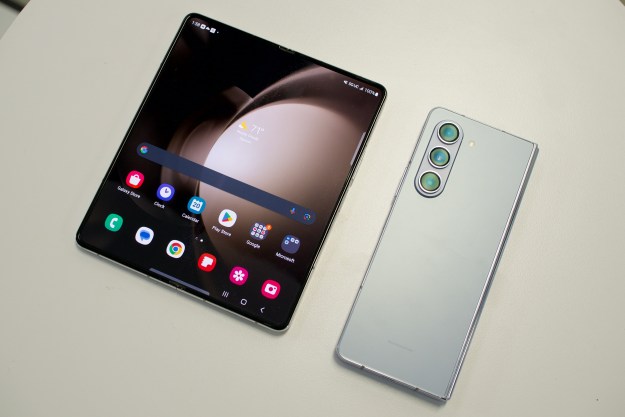
Many radio devices emit waves that could actually interfere with radio services, and the sum of all those interfering waves is called the “radio spectrum noise floor.” The FCC is trying to determine exactly how much that noise floor has changed from human-made devices over the past 20 years.
Many people believe that the noise floor is raised based on the number of devices emitting radio waves. However, the FCC says it hasn’t really found much data to support that idea, but it’s still in the very early stages of its study — so early, in fact, that it asked for public opinion on the parameters of what the study should be just last week.
There are regulations in place regarding how much RF energy devices can produce, but not all devices are regulated in the same way. Moreover, there are plenty of devices that aren’t made to emit radio waves, but do so anyway because of how they work — things like electric motors, light switches, power lines, and so on. These are called “incidental radiators.”
Then, of course, there are devices that are actually designed to emit radio waves, such as smartphones, Bluetooth devices, Wi-Fi routers, and so on. Despite being regulated, sometimes these devices emit waves outside of their specified frequencies, meaning that they contribute to a raised noise floor too.
After describing the idea for the study, the FCC also asked questions, such as what the major sources of noise are, what radio services are affected by a higher noise floor, and so on. At the end, it asked for ideas on how to conduct a study on RF energy noise. If you want to participate, you can submit responses here.
